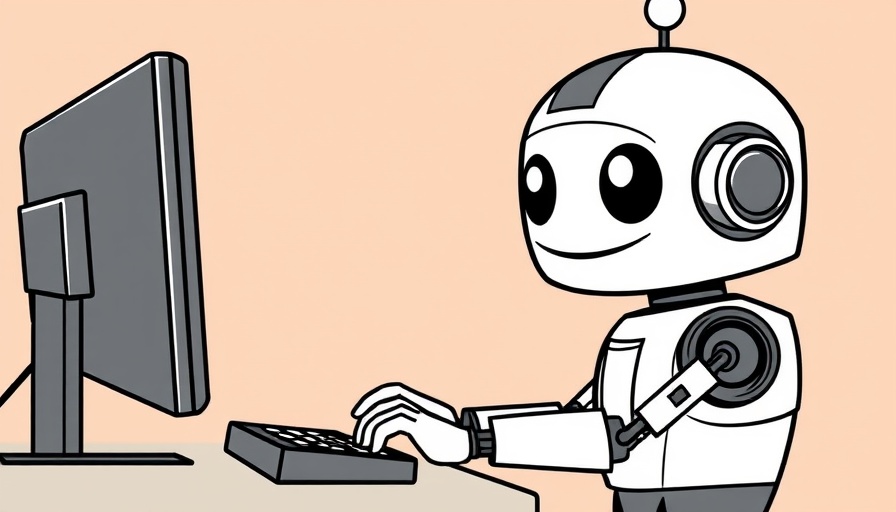
Understanding the New AI Detection Tool: Liketropy
Detecting whether a piece of writing was crafted by artificial intelligence or a human can be challenging, especially with the prevalence of advanced text generation technologies. Enter the University of Michigan's innovative detection tool, Liketropy. Designed to strike a balance between accurately identifying AI-generated text and minimizing false accusations against human writers, this tool is poised to make a significant impact in academia and public policy.
A Groundbreaking Approach to AI Detection
Liketropy uses a blend of statistical concepts—likelihood and entropy—to analyze text without prior training on specific AI models. This approach is revolutionary because it allows the tool to function in a "zero-shot" mode, meaning it can assess text without needing extensive knowledge about the models behind it. Researchers have tested liketropy on varied datasets, achieving impressive accuracy rates above 96% and only a 1% false accusation rate, making it one of the most reliable tools in the field.
Fairness at the Forefront
One of the most remarkable aspects of Liketropy is its focus on fairness, especially concerning non-native English speakers and international students. Tara Radvand, one of the doctoral students involved in developing the tool, pointed out that many students may be unfairly flagged due to unique linguistic styles. Liketropy aims to empower these students by allowing them to check their writing before they submit their work, thus enhancing their confidence and ensuring accuracy.
The Importance of Accuracy Over Overconfidence
In developing this tool, the researchers emphasized caution over overconfidence—an important aspect given the potential risks of falsely labeling a human-created piece as AI-generated. Tara Radvand explains, “AI detectors can be overconfident, and that’s risky—especially in education and policy.” This perspective underlines the importance of creating tools that not only identify AI writing but also do so with a focus on ethical practices and comprehensive understanding.
Real-World Applications of Liketropy
As the accompanied research progresses, Radvand and the team at the University of Michigan plan to adapt Liketropy for various fields, including law and the sciences. This versatility is crucial, as educational institutions, policymakers, and various industries increasingly leverage AI and digital tools. By allowing students and professionals to better understand and utilize these technologies, Liketropy positions itself as an essential resource in modern academia.
Call to Action: Empower Your Writing Today!
Are you a student worried about AI detectors? You can bypass any AI detection with ease by visiting Prompt2Human.com. Take control of your writing and ensure its clarity and authenticity by using innovative tools like Liketropy.
 Add Row
Add Row  Add
Add 




 Add Row
Add Row  Add
Add 

Write A Comment